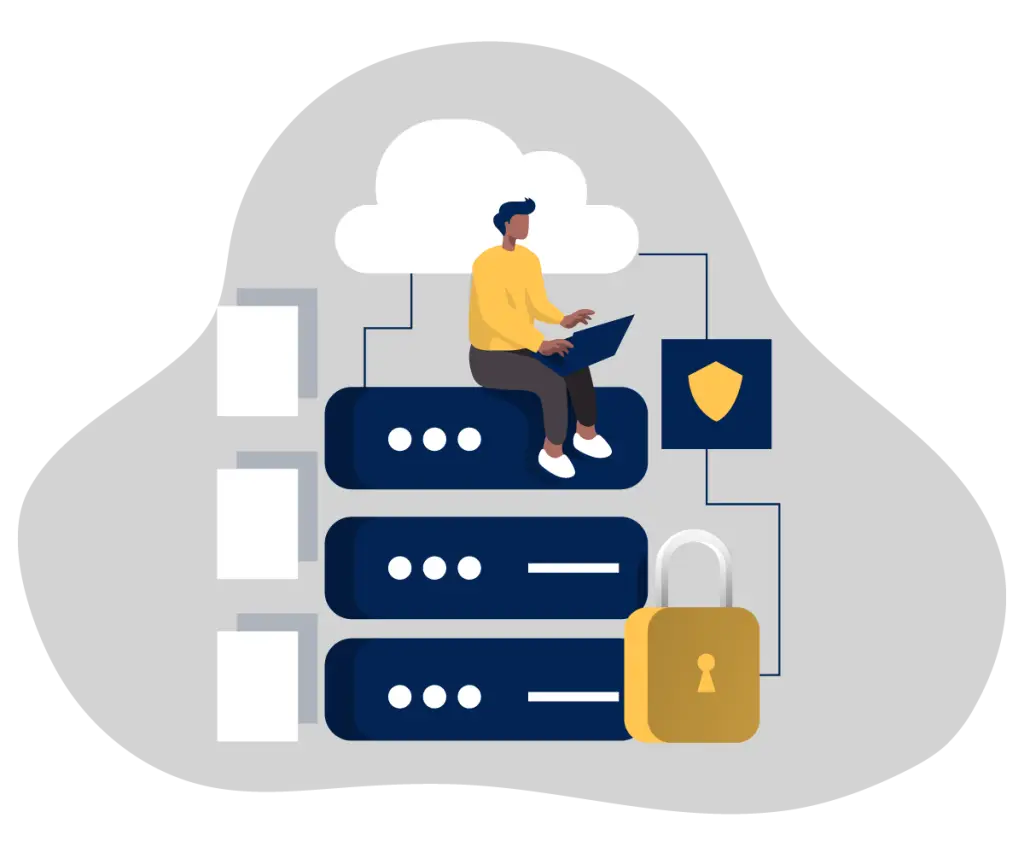This discussion was first published by IT World Canada on August 21, 2023
As cyber threats increase in frequency and complexity, many organizations are struggling with challenges of recruitment and retention. The creation of a diverse, resilient workforce is no longer a luxury but a stark necessity. This video explores some strategies which are having success with many organizations.
The video features Rushmi Hasham, the director of cybersecurity workforce training at Roger CyberSecure Catalyst, Toronto Metropolitan University, and Lisa Tetrault, VP of global security operations at Arctic Wolf, both with considerable experience in this area.
Recruitment is a critical issue and expanding to a more diverse pool of potential candidates is essential. But it’s equally important to retain and get the best performance from the staff that we have. That’s why the rising trend in burnout among Canadian professionals is a growing concern. A 2022 survey by Robert Half revealed that nearly one in four Canadians experienced a surge in burnout, a trend that has a huge impact on cybersecurity professionals.
With cyberattacks on critical infrastructure, like hospitals and energy supplies, increasing, Canadian organizations face a daunting task – handling enormous recovery costs, upwards of $five million annually for information and data retrieval. This escalating cyber threat landscape is adding significant stress to an already lean cyber workforce, with experts suggesting that up to 25 per cent of senior cybersecurity leaders might depart the field by 2025.
In this video Rushmi and Lisa examine the correlation between job expectations, skills mismatch, and the creation of ill-defined role descriptions and job postings. They argue that cybersecurity organizations need to reassess their hiring strategies, ensuring they are not recruiting underqualified or overqualified candidates, but the right talent for the right roles.
Bringing a global perspective to the table, Lisa shares her experiences of hiring cybersecurity professionals in Canada, the US, Europe, and Australia. Her insights underscore the need for a global mindset when recruiting cybersecurity talent, suggesting a diverse candidate pool from different regions to cultivate a more potent cybersecurity workforce.
With no sign of cyber threats abating, cybersecurity professionals require solid support and intelligent strategies to weather the immense challenges they face. This ongoing dialogue solidifies the importance of fostering diversity and inclusivity within the cybersecurity workforce, proving it to be not just a theoretical ideal but a practical necessity.
This exploration of issues facing cybersecurity offers some practical strategies and programs that companies are using to find success in tackling the key issue of recruitment and retention.








